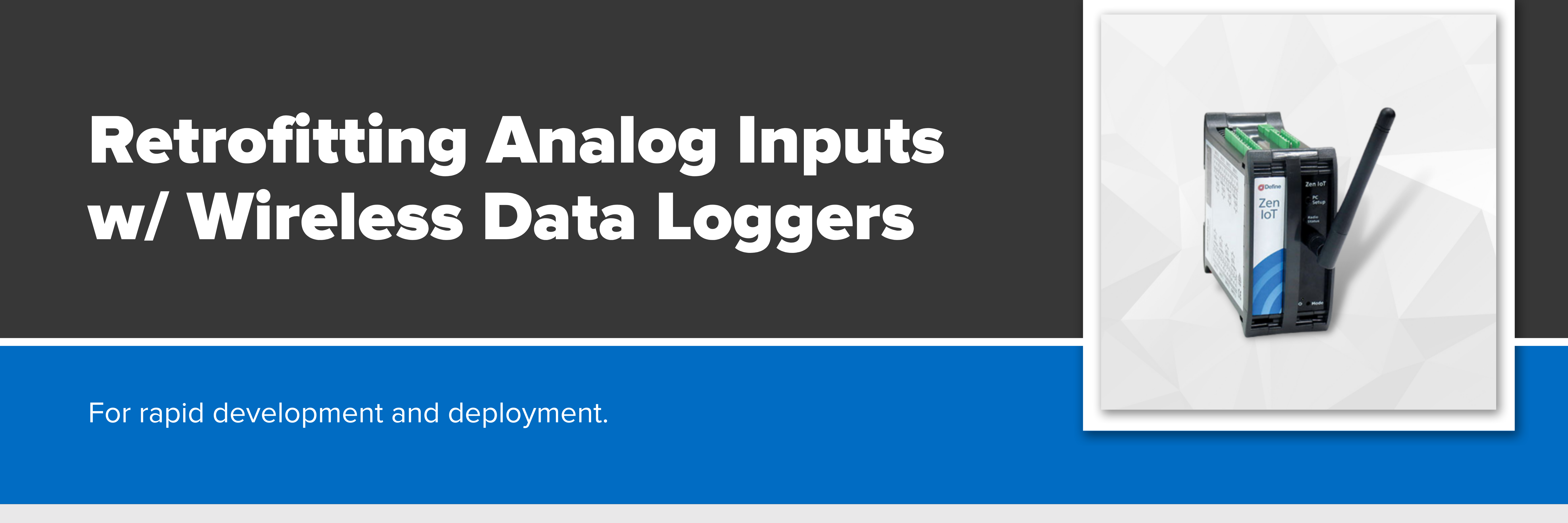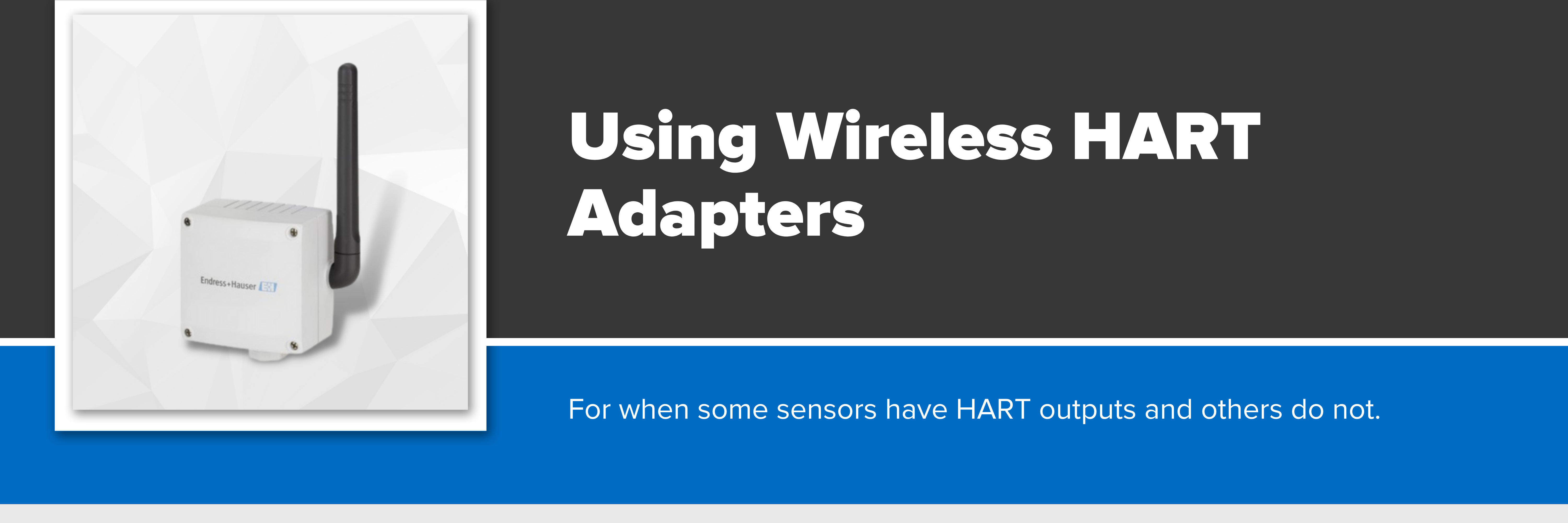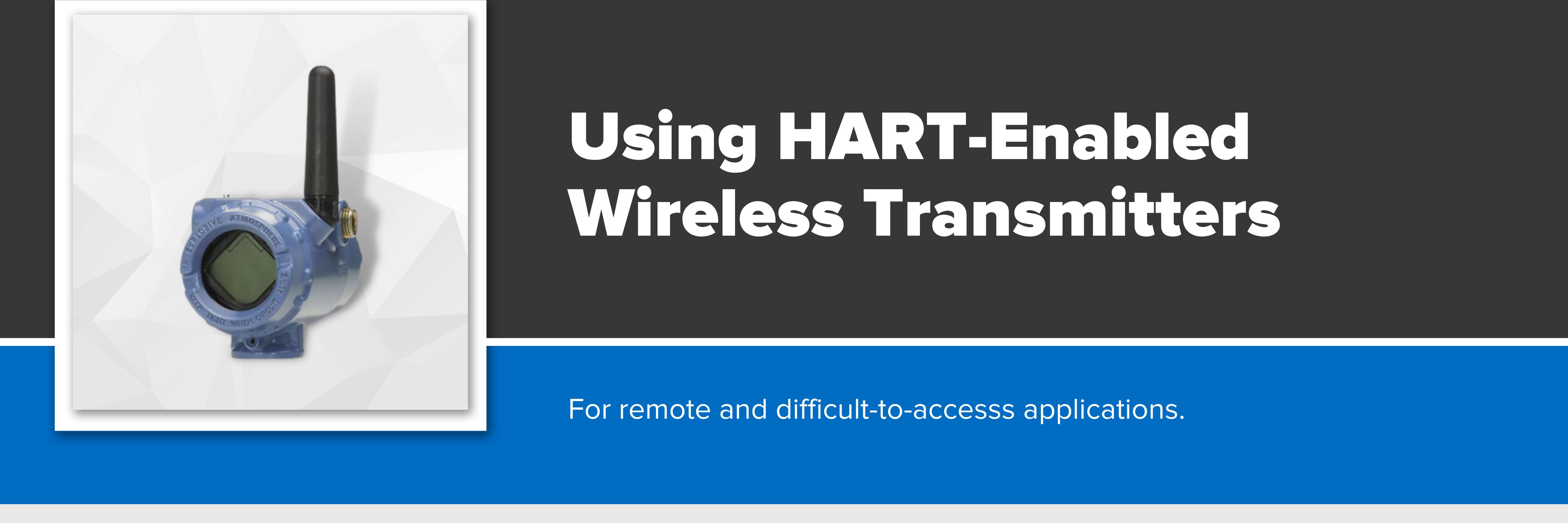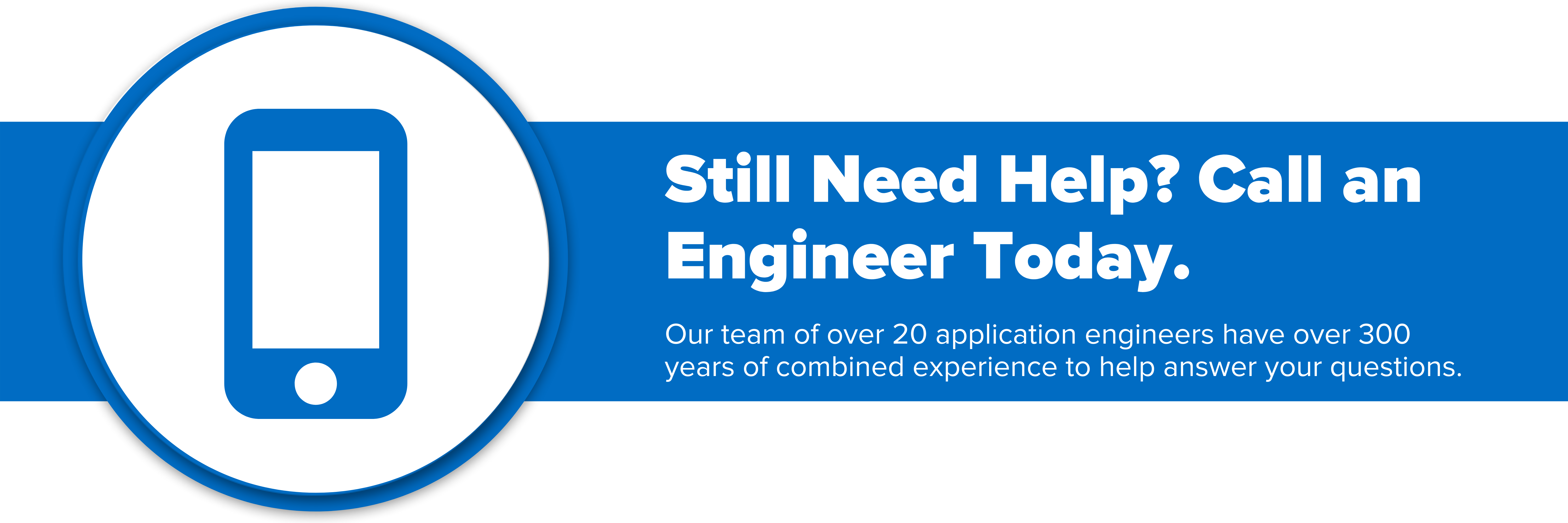4 Ways to Enable Wireless Measurement for Industrial Processes
Many of those in the industrial instrumentation world live by the homage “if it ain’t broke, don’t fix it.” We understand the allure for those working with critical and complex processes to default to that mindset. In many cases, wireless data capturing is enabling those who adapt to blow past their competition in terms of process efficiency, accuracy, and output. The good news is that there are some great ways to introduce wireless technology to your application with little-to-no process disruption. For those willing to take on more of an overhaul, we’ve also got some recommendations for that, too.

Why Does Wireless Measurement Matter?
There is a common misconception in the industrial world that automation kills jobs. For companies that are prepared, automation raises the bar of operational efficiency, thereby creating room for more skilled jobs to take the place of the old ones. For example, let’s say Company A spends hours per week collecting and processing data from their analog sensors. Company B, on the other hand, utilizes wireless sensors that transmit data directly to a cloud-based dashboard, thereby automating their data collection. They spend the same amount of time as Company A, but they are able to spend it analyzing data to make important decisions about how to improve their process. In short, wireless technology cuts out the middlemen, increasing efficiency when it comes to analyzing data and allowing companies to relocate their workforce to other important tasks.
Wireless technology also unleashes the power of feature-rich software to make calibration of sensors much faster, critical alarm monitoring easier with email or text notifications, and easier visualization of data with robust dashboards. As with most technologies, there isn’t a one-size-fits-all when it comes to implementing wireless sensors or transmitters into an industrial process. We’ll aim to provide a range of options to introduce wireless to your process based on a range of factors from current sensor useful life, to the complexity of the process itself.

Retrofitting Analog Inputs w/ Wireless Data Loggers
Many industrial processes utilize a wide range of sensor technologies that can’t easily be replaced or still have a long useful life left. Or, maybe utilizing wireless data capturing is needed as quickly as possible. Wireless data loggers are useful for both of these scenarios due to the wide range of inputs they take and the relatively simple setup process.
Take, for example, the Define Zen IOT Gateway and Data Logger. This wireless data logger can take up to 22 analog inputs or up to 40 digital inputs/outputs. Because of this universality, it could log data from temperature sensors, pressure sensors, level sensors, and much more. Wireless data loggers are able to transmit data directly to the cloud where operators can access it in real-time through configurable dashboards, reports that are automatically generated and emailed, or even via text/email notifications when preprogrammed alarms are triggered.
Retrofitting with a robust wireless data logger is especially useful where rapid development and deployment are needed. It doesn’t require the purchase of new sensors or adapters and offers much more of a “plug and play” experience. As an example, a wastewater facility that needs to monitor water tank capacity and needs to be alerted immediately when levels become too high could use wireless data loggers with their current level sensors while benefiting from the additional capabilities of the cloud-based system. Or, if remote monitoring is necessary to save time and reduce employee risk from a hazardous or inconvenient location, wireless data loggers might be a convenient option.

Using Wireless HART Adapters
Many operators are familiar with the HART communication protocol and utilize HART communicators for their wide range of capabilities. However, due to the capital investment to get sensors with HART outputs, it's quite common to see applications where there is a mix of standard 4-20 mA sensors and HART-enabled sensors. Because of the different communication protocols, the data acquisition process can be quite cumbersome. It can also be difficult to invest in new sensor technology not just because of the cost, but because the location of the sensors makes installation very difficult. This is where products like the E+H SWA70 Wireless HART Adapter come into play.
Wireless HART adapters like the E+H SWA70 act as an interface module for the wireless transmission of 4-20 mA and HART signals from connected field devices. This is especially useful for those applications with both 4-20 mA sensors and HART-enabled sensors because it allows operators to collect data from a single communication protocol. With a range of up to 250 meters outdoors or 50 meters indoors, the transmission of data becomes much easier for remote or difficult-to-access sensor locations where using cables might not be possible or the current infrastructure can’t be changed.
In summary, if operators want to standardize their technology to the HART communication protocol without having to completely change their infrastructure or need to deploy a solution quickly, wireless HART adapters may be the way to go.

Using Bluetooth-Enabled Transmitters
Our engineers work with a wide range of applications, from hazardous and remote locations to more controlled indoor environments. We’ve already addressed some industrial wireless measurement solutions for the former, but we also have some suggestions for the latter. Some residential or commercial buildings may want to monitor humidity levels or temperature while benefiting from modern technology. If you’re in a building, there’s a near 100% chance that you have a smartphone with you–you might even be reading this blog post from your smartphone! There are plenty of measurement solutions that harness the power of Bluetooth and/or Near Field Communication for configuration and data collection.
INOR is an example of a manufacturer that has universal and temperature transmitters that can be configured for Bluetooth communications up to 50 meters from the device. With the INOR Connect app, users can configure and monitor the transmitters while they are still mounted in the process. This live monitoring from the app is especially useful because it allows operators to use the devices they are already familiar with like their smartphones or tablets. These INOR transmitters even have Near Field Communication as a standard feature which makes it easy to use your smartphone to walk up to the transmitter and send configuration information without even having to press a button on the transmitter.
Bluetooth capabilities may not suffice for complex or hazardous applications that require a hardened communication method like HART. But for controlled environments where an easy setup and lower cost are top priorities, these Bluetooth-enabled transmitters may be the way to go.

Using HART-Enabled Wireless Transmitters
For industrial applications where transmitter performance and signal reliability are paramount, a robust communication protocol like Wireless HART may be required. Operators are able to rely on WiHART for the level of reliability mesh networks are known for. They won’t have to worry about data quality suffering from vulnerable point-to-point communication–even in remote locations. Wireless HART networks introduce redundancy and self-healing so that if one measurement point were to drop out, the rest of the measurement points would continue to send reliable data. This has benefits for hard-to-reach areas where the infrastructure will be difficult to change.
The same benefits from a wired HART transmitter can be realized with WiHART-enabled wireless transmitters. Transmitter diagnostics, tagging information, battery life, and more can be polled via the gateway and communicated to a plant DCS via a wide array of industrial protocols. This information goes beyond the capability of adapters or wireless data loggers and helps alert the operators to any potential deficiencies in data reliability before they occur preventing costly downtime.
For example, Rosemount makes a line of wireless transmitters that are built with tough housing that can be placed in harsh environments. Whether it’s the Rosemount 3308 Wireless Level Transmitter for guided wave radar level measurements, or the Rosemount 648 Wireless Temperature Transmitter for temperature measurement, Rosemount’s WiHART transmitters tap into all the benefits listed above.
Wireless transmitters do tend to be more expensive than their wired counterparts. While there is an additional cost associated with wireless hardware versus the wired equivalents, the true cost savings are realized when installation costs are included. A significant portion of installation costs comes from running conduit and pulling wire. With wireless transmitters, these costs go away. With various antenna options, WiHART transmitters are able to send signals over a mile. These distances can be greatly extended when you take into account that every transmitter is also a repeater.
Still Need Help? Call an Engineer Today.
If this blog post still leaves you wondering what type of industrial instrumentation would work best for your application, our engineers would be happy to help you. Give them a call at 1-800-884-4967. Or, you can shop for a wide range of flow industrial instrumentation from top brands and even configure your product online. We offer free lifetime tech support with every product sold.










